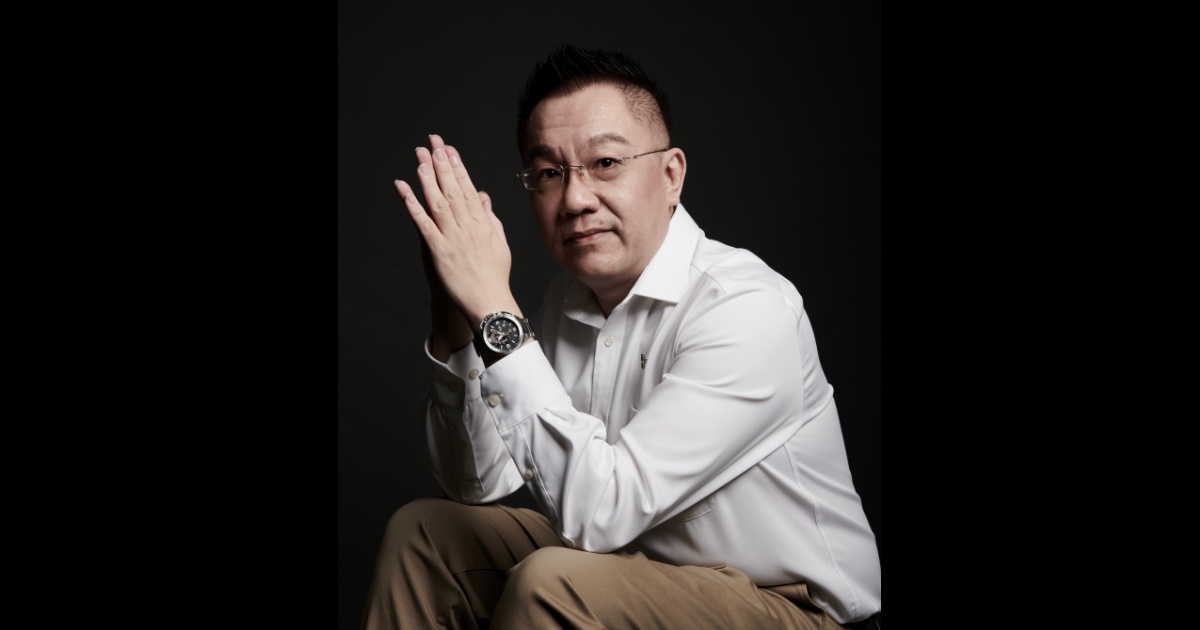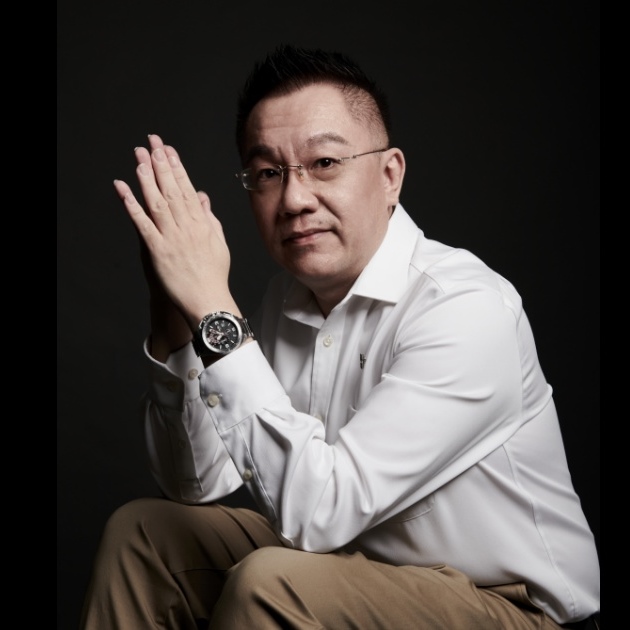
Mainstream culture has always encouraged mourners to move on from grief, saying “You must be strong” or “You must let go and look forward”. But Fong Yee Leong, who has been engaged in end-of-life care and grief counselling for over 20 years, believes that this is one way, but not the only way, because there is no fixed formula for dealing with grief.
“My client sent me her Employment Letter, and I felt genuinely happy for her from the bottom of my heart”, Yee Leong says.
A simple employment letter may seem trivial, but to the individual, it is proof of overcoming life’s hurdles with endless time and courage. In this difficult process of mourning, the only thing worth celebrating is that the grief of losing a loved one “was caught”, and the one who caught it is Xiao En’s Counselling and Support Advisor, Fong Yee Leong.
“At that time, she could not work as usual after losing her loved one. This state needs to be ‘allowed’ first, meaning understanding that the loss of this person has a significant impact on her, and also choosing to believe that she can find her way and rhythm to emerge from the shadows of mourning in her own way.”
“At that time, the reason I chose to ‘accept’ her first is because I found that everyone around her did not allow her to be like this, forcing her to return to normal life and re-enter the workplace. When unable to bear the pain of losing a loved one, coupled with external pressures, this grief becomes even more complex.”
For over 20 years, Fong Yee Leong has been engaged in end-of-life care and grief counselling work, accompanying numerous terminally ill patients and bereaved individuals. As he puts it, “A complete funeral includes the stages of family care, clinical care, bereavement care, burial, and counselling & support. Colleagues from the earlier stages assist the family in handling matters, while we take care of the family’s emotions.”
From the perspective of counselling, grief is generally divided into two categories, namely, common grief and complicated grief. He then immediately gives examples to explain how to distinguish between the two.
“If an elderly person in their 70s passes away due to old age, surrounded by children and grandchildren, it is generally considered common grief. For the family members, we would send text messages to express our concern and greetings. However, if the deceased dies suddenly due to intense physical activity, and the family members do not reside in Kuala Lumpur, and everyone needs to rush to Kuala Lumpur to handle the post-funeral arrangements, it is likely that the main family will experience complicated grief. This is because the sight of grey-haired individuals sending off a younger one is already a very profound form of grief.”
He further elaborates, stating that in cases involving complicated grief, counsellors would accompany the Family Care Consultant to the funeral site, observe the situation of the main family during the funeral, and then provide customised counselling services based on the individual cases. The “phone companionship” lasting up to a year is fundamental. As for how many phone calls need to be made within a year, it all depends on the individual case and the family situation.
This is why it is constantly emphasised that grief has no formula; it varies from person to person and from situation to situation.
The human heart is inherently complex, and emotions are even more intricate and difficult to unravel. As helpers accompanying bereaved family members, what level of support do we need to provide to consider it complete?
Yee Leong has his own way of measuring this: when the client returns to normal life, the grief counsellor can consider their mission accomplished. Xiao En’s Counselling & Support Department currently has 5 members, and he often reminds everyone, “Do not be overly aggressive, but also do not be too passive. There are many ways to accompany the bereaved; there is no one-size-fits-all approach.”
Allow the bereaved to grieve, self-heal, and then make an “inner farewell.”
In the common stereotype, counsellors would encourage everyone to let their grief flow, such as releasing sorrow through a good cry.
“I feel like this is more like making a movie. Grief in real life has many faces, even changing every week, every month. As long as the client is aware of their own feelings or situation, I think that’s enough.”
Some clients often tell him, “Actually, he (the departed) has always been here. Let me tell you, he has always been here. When I sleep, he comes and pats my shoulder; when I cook, he reminds me not to forget which seasoning to add; when I go shopping, he tells me to buy the food he used to enjoy.”
Faced with such a situation, he still chooses to believe what the client says.
“While not compromising personal health and safety, it is important to believe him, because if you keep reminding him that the other person is no longer there, has passed away a long time ago, then he actually has no space for grief, no way to express it, and no way to heal himself.”
As time passed, the client mentioned to him one day that he no longer heard the “voice” of the departed: “He is no longer here. But I am fine, it’s enough, this is enough.”
In addition to bidding farewell to the physical body of the deceased, there is also another layer of “farewell” within. This is Yee Leong’s interpretation, and that he should serve as a quiet companion, allowing the bereaved to proceed at their own pace, finding their own comfortable way to continue living.
When asked about being a Counselling and Support Advisor and how to avoid becoming an “emotional trash can” while dealing with clients’ emotions, Yee Leong humorously says that perhaps the term “emotional toilet” would be more appropriate. He said that when returning to personal life, he lets all the anxiety, anger, and hard-to-let-go emotions from work “flush down the toilet” — only by balancing the needs of others and personal needs can one be a competent grief counsellor and continue to accompany every bereaved person in need.
* Original article first appeared in 访问 The Interview . [ Click Here ]
Copyright Statement This article and video is original content created by Xiao En website, to whom the copyright belongs to. The content should not be reproduced without permission, otherwise it will be regarded as infringement. Xiao En reserves the right to pursue legal action against unauthorised use of the content.



